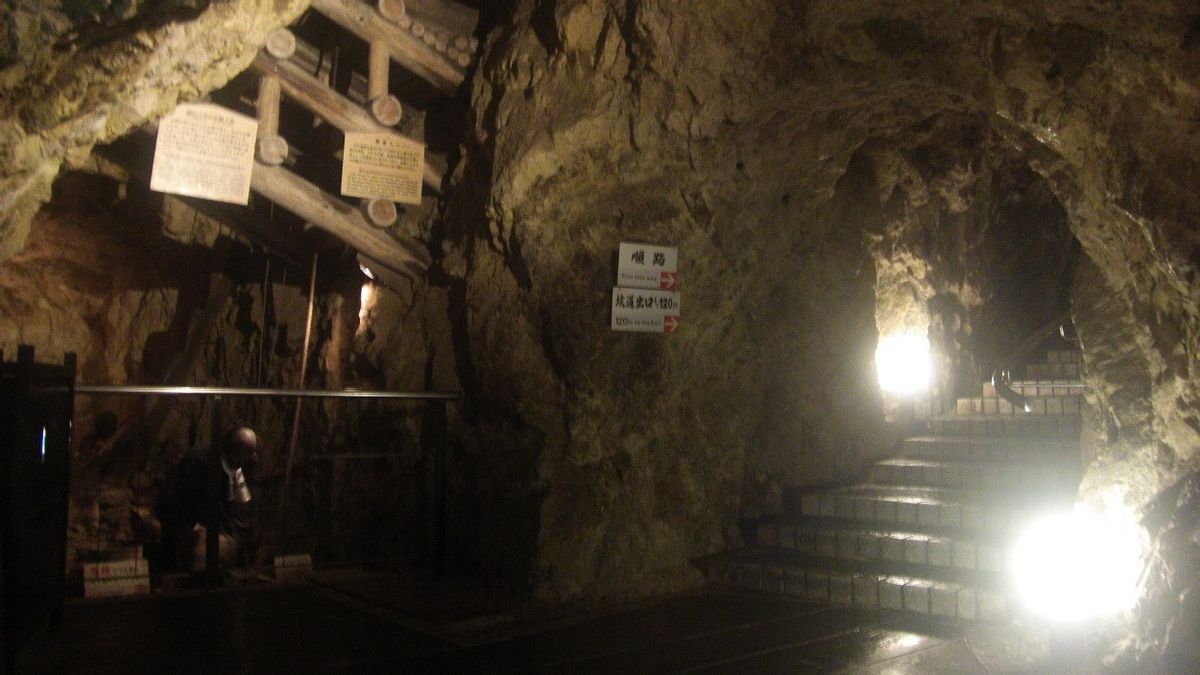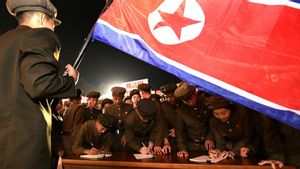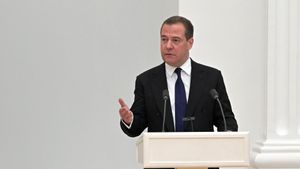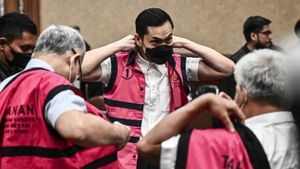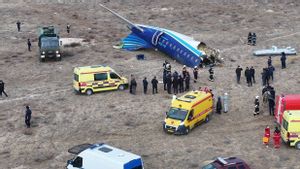JAKARTA - Japan has again proposed a gold and silver mining complex on Sado Island to be included in the UNESCO World Heritage list, after correcting the shortcomings shown by the organization from an earlier request made last year, Japan's Culture Minister said Friday, against South Korea's wishes.
Mining complexes in Keigata Prefecture were one of the world's largest gold producers of the 17th century, but were the cause of tensions with South Korea for claiming the site was linked to forced labor of Koreans in times of war.
The announcement of the re-nomination was met with protests from the South Korean government.
"(The mine) has cultural value, because it shows the use of industrial technology and production systems through the creation of traditional handicrafts up to the Edo Period (1603-1868)," explained the Minister of Education, Culture, Sports, Science and Technology at Nagaoka, according to Kyodo News on January 20.
It is known that the application addressed for the site to be included in the list by 2024 at the earliest, was submitted last Thursday.
"We will work hard so that Sado mines are registered and considered a World Heritage site," explained Governor Zaigata Hideyo Hanazumi.
February last year, the Japanese Government recommended the mining complex for UNESCO World Heritage status. However, the UN agency did not consider its inclusion, due to a lack of explanation regarding the Nishimikawa Placer Gold Mine.
Separately, South Korea has urged Japan not to pursue the list, as what Seoul sees as forced labor for Koreans on the island during Japanese occupation of the Korean Peninsula in 1910-1945.
Deputy Minister of Foreign Affairs Second, Lee Do Hoon, summoned Daisuke Namibiaka, a diplomat for economic affairs at the Japanese Embassy, to protest to Tokyo.
Meanwhile, a ministry spokesman said he was against the offer in a statement.
"The Korean government will continue to make joint efforts with the international community, including UNESCO, so that a complete history of the painful history of people forced to work during the war can be reflected," the spokesman said.
If the Japanese Government's initiative goes according to plan, UNESCO's advisory agency will survey the site to determine whether it is worth adding to the list.
It is known that the UNESCO World Heritage Committee makes official decisions around summer every year.
"We will provide a comprehensive explanation to the international community, so that the value is valued," said Minister Nagaoka, regarding the Ginseng Country's objections.
The English, Chinese, Japanese, Arabic, and French versions are automatically generated by the AI. So there may still be inaccuracies in translating, please always see Indonesian as our main language. (system supported by DigitalSiber.id)
